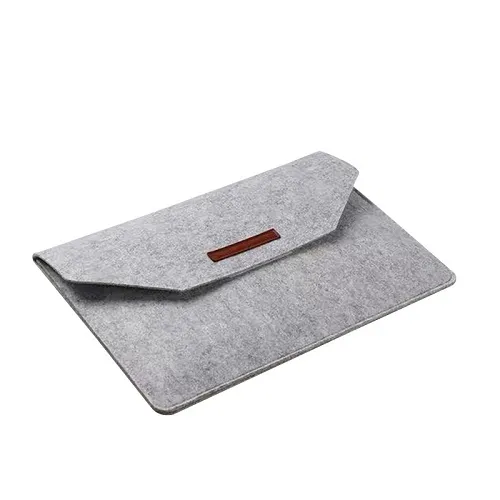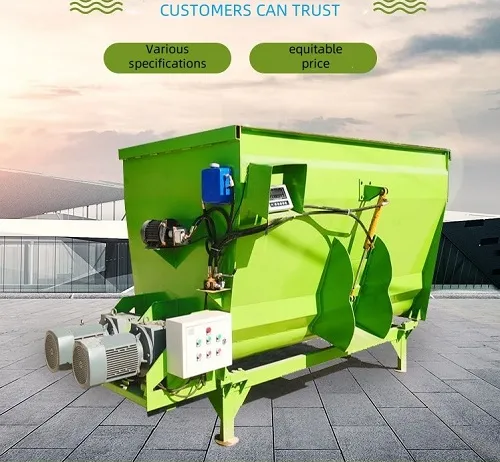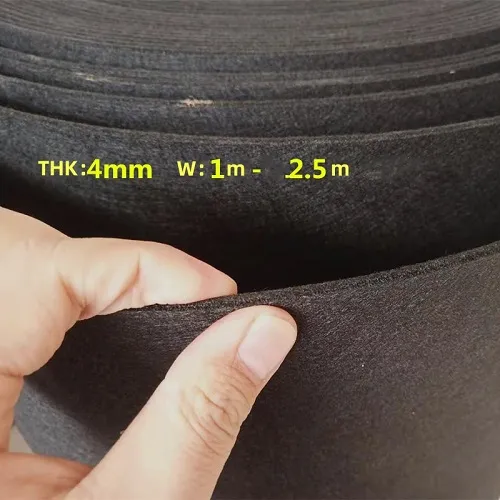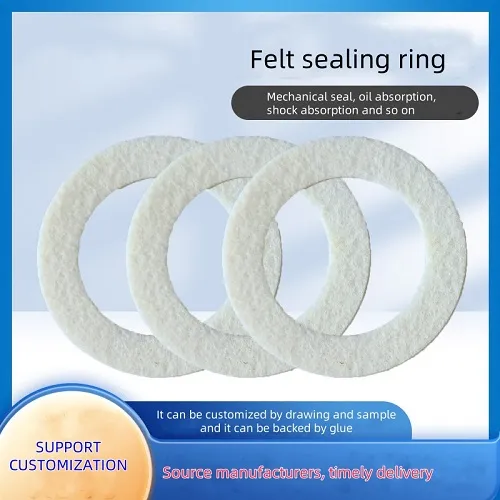Automotive Felt Materials - Durable Solutions for Vehicle Interiors
Automotive Felt Material An Essential Component in Vehicle Manufacturing
In the realm of automotive manufacturing, various materials contribute to the performance, durability, and aesthetic appeal of vehicles. Among these materials, automotive felt stands out due to its versatility and multifaceted applications. Automotive felt materials are typically made from natural or synthetic fibers and have become increasingly popular in vehicle interiors and other automotive components.
One of the primary uses of automotive felt is in sound insulation. Vehicles are subjected to a myriad of noises from the engine, tires, and wind. Automotive felt serves as an effective sound-dampening material, helping to create a quieter and more comfortable cabin for passengers. This is particularly important in luxury vehicles, where minimizing noise significantly enhances the driving experience. The dense yet lightweight nature of felt allows it to absorb sound waves, reducing vibrations and unwanted noise levels.
Another critical application of automotive felt is in thermal insulation. It helps maintain temperature control within the vehicle, keeping the cabin warm in winter and cool in summer. By using felt in areas such as firewalls, engine compartments, and undercarriages, manufacturers can improve energy efficiency and reduce the load on the vehicle's heating and cooling systems. This not only enhances comfort for occupants but also supports eco-friendly practices by improving fuel efficiency.
automotive felt material

Automotive felt also plays a significant role in aesthetic enhancements. It is commonly used as a lining material for door panels, headliners, and trunk spaces. The visual appeal of a vehicle can be greatly enhanced with high-quality felt, which adds a level of sophistication and refinement to the interior design. Various colors and textures are available, allowing manufacturers to customize the appearance of vehicles according to brand identity and consumer preferences.
Durability is another vital characteristic of automotive felt materials. They are engineered to withstand the rigors of daily use, including exposure to heat, moisture, and wear. Automotive felt is often treated to be resistant to mildew and mold, ensuring longevity and maintaining its appearance over time. This durability not only protects the vehicle's interior but also reduces maintenance needs for owners.
Furthermore, with a shift towards sustainability, many manufacturers are exploring eco-friendly felt options made from recycled materials or renewable resources. This trend reflects an increasing awareness of environmental impact and consumer demand for greener products. Sustainable automotive felt offers a viable solution, combining performance with ecological responsibility.
In conclusion, automotive felt materials are integral to modern vehicle manufacturing, fulfilling essential roles in sound and thermal insulation, aesthetic enhancement, and durability. As the automotive industry continues to evolve, the innovation and application of felt materials will likely expand, making them an indispensable element in the design and production of vehicles. With a focus on sustainability and performance, automotive felt will remain a key player in enhancing the overall driving experience.
-
What Makes Felt a Great Choice?NewsNov.19,2024
-
Total Mixed Ration (TMR) Feed for CattleNewsNov.19,2024
-
The Ultimate Guide for Felt Polishing WheelsNewsNov.19,2024
-
Industrial Felt for Various ApplicationsNewsNov.19,2024
-
Felt Makeup Bags and Inserts BagsNewsNov.19,2024
-
Choosing the Right Hotel TowelsNewsNov.19,2024
-
Your Go-To Guide For Affordable Wholesale Wool FeltsNewsOct.31,2024







